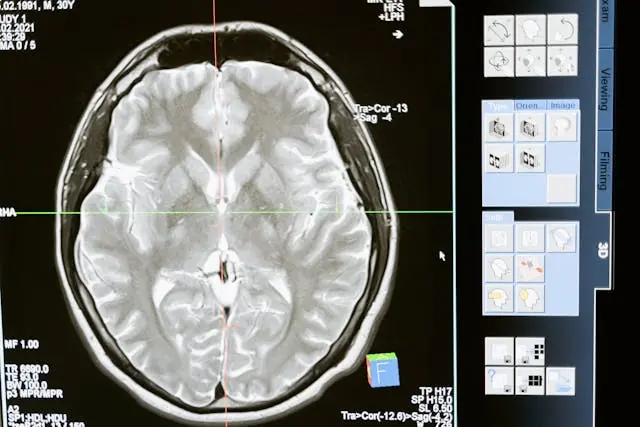
Scientists Propose Cooling Earth By Spraying 12 Million Tons Of Particles From Boeing Jets
As climate change accelerates and global temperatures reach record highs, scientists are exploring increasingly bold strategies to combat the warming planet. One such controversial idea has recently gained attention: cooling the Earth by spraying 12 million tons of reflective particles into the upper atmosphere using modified Boeing jets. While the concept may sound like science fiction, it's rooted in a real and growing field of study known as solar geoengineering.
The proposal centers on a method called Stratospheric Aerosol Injection (SAI). The idea is to release fine particles, such as sulfur dioxide or calcium carbonate, into the stratosphere — about 20 kilometers above the Earth's surface — to reflect a portion of the sun’s rays back into space. By doing so, scientists hope to lower global temperatures in a controlled and reversible manner, mimicking the cooling effect observed after large volcanic eruptions.
A research team recently estimated that 12 million tons of these particles, dispersed globally over the course of a year by a fleet of specially modified Boeing 747 aircraft, could reduce the average global temperature by approximately 1 to 2 degrees Celsius. The operation would need to be repeated regularly, as the particles would naturally fall out of the atmosphere within a couple of years.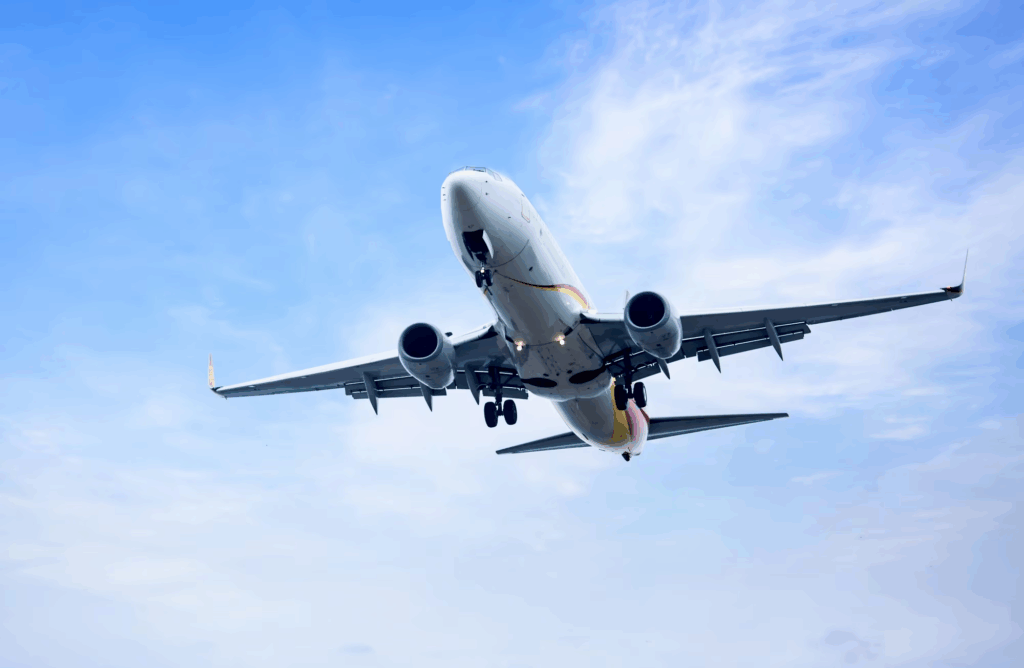
Proponents of the idea argue that the world is running out of time. Even with aggressive reductions in carbon emissions, temperatures are projected to rise beyond the 1.5°C threshold set by the Paris Agreement — a level beyond which scientists warn of increasingly catastrophic weather events, sea level rise, and ecosystem collapse. Geoengineering, they say, could buy humanity precious time to implement long-term sustainable solutions.
However, the proposal has sparked intense debate. Critics warn of unintended consequences. Changing the composition of the stratosphere could alter global weather patterns, disrupt monsoons, and harm the ozone layer. There is also concern that geoengineering might create a moral hazard, reducing the urgency to reduce greenhouse gas emissions. Furthermore, questions of governance and ethics arise: who gets to decide the temperature of the Earth, and how would such a global intervention be regulated?
The use of Boeing jets is a key detail in the plan. These planes would be retrofitted to carry and disperse aerosols at high altitudes, flying thousands of missions each year. The estimated cost of such a program is surprisingly modest — around $2 to $5 billion annually, a small fraction compared to the trillions in damage caused by climate-related disasters. Still, financial cost is only one piece of the puzzle; public perception, political will, and international cooperation remain major hurdles.
It’s worth noting that SAI does not address the root cause of climate change — carbon emissions. It merely masks the symptoms, buying time but not solving the core problem. Scientists involved in the proposal emphasize that geoengineering should not replace carbon reduction efforts, but rather serve as a temporary climate emergency tool if global temperatures continue to rise dangerously.
Small-scale tests and computer simulations are ongoing, but large-scale deployment is still years — if not decades — away. Before any real implementation, researchers say, much more must be understood about the long-term environmental and geopolitical risks.
In conclusion, spraying particles into the stratosphere to cool the planet represents one of the most ambitious and controversial ideas in the fight against climate change. While it offers a potential lifeline for a warming Earth, it also raises complex scientific, ethical, and political questions. Whether this proposal becomes a reality or remains theoretical will depend on future climate trends — and humanity’s collective choices in the years to come.
News in the same category

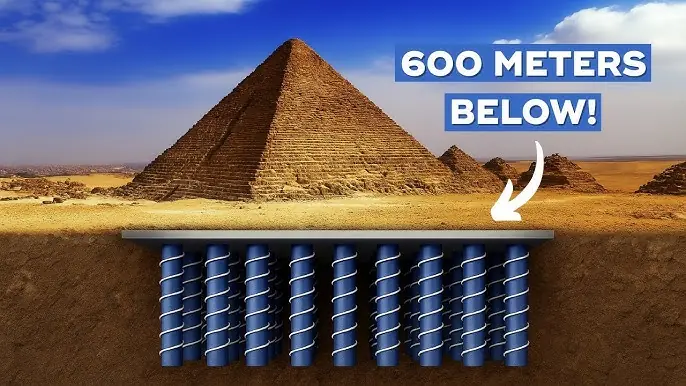
Shocking Discovery Beneath the Great Pyramid of Giza: Lost Advanced Technology?

From Recycled Materials To Viral Fame: Teen’s Diy Lamborghini Replica Turns Heads

Astronomer Rides Simulation To The Edge Of The Universe—Chasing Light From The Big Bang

Controversial Inventor’s Mysterious Death Sparks Debate Over Alternative Energy Suppression
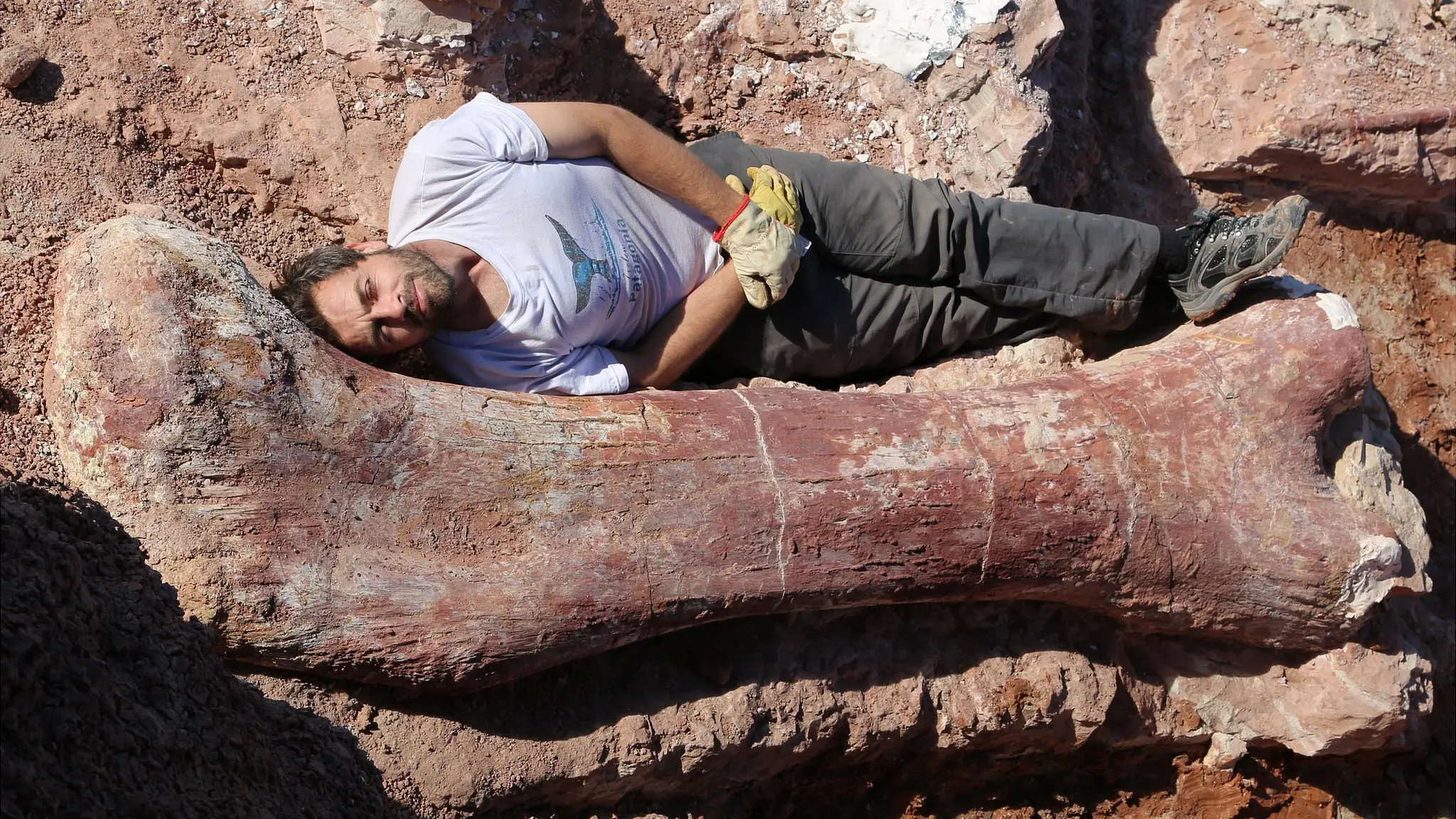
Largest Dinosaur Ever Discovered in Argentina: New Titanosaur Fossil Unearthed

Dark Oxygen" Discovered in Pacific Ocean: A Breakthrough in Understanding Life on Earth and Beyond

NASA’s New Telescope Could Detect Alien Life In Just Hours, Scientists Say

Astronomers Trace Decade-long Mystery Radio Signals to Binary Star System 1,600 Light-Years Away
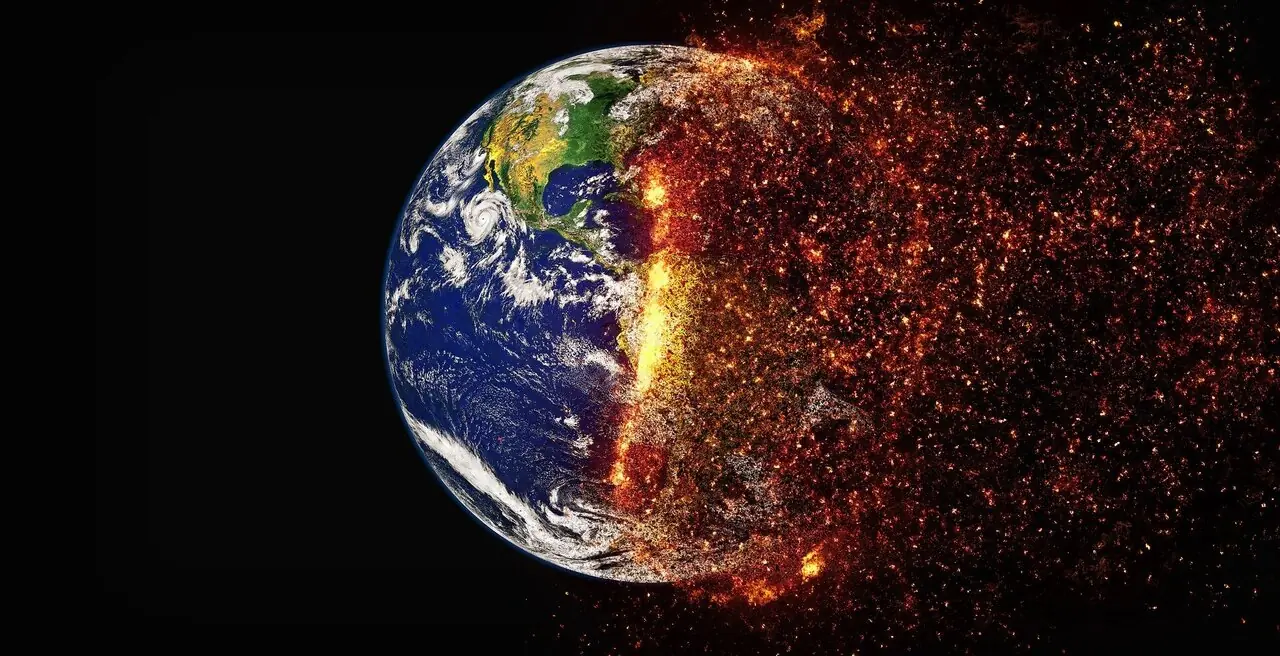
Scientists Warn: Global Warming Could Reach 7°C by 2200, Triggering Catastrophic Climate Disasters

Plastic Bag Found in Mariana Trench: A Deep Warning About Ocean Pollution

We Are Living in a Moment That No Human Before Us Has Ever Witnessed—An Actual Photograph of a Sunset on Mars
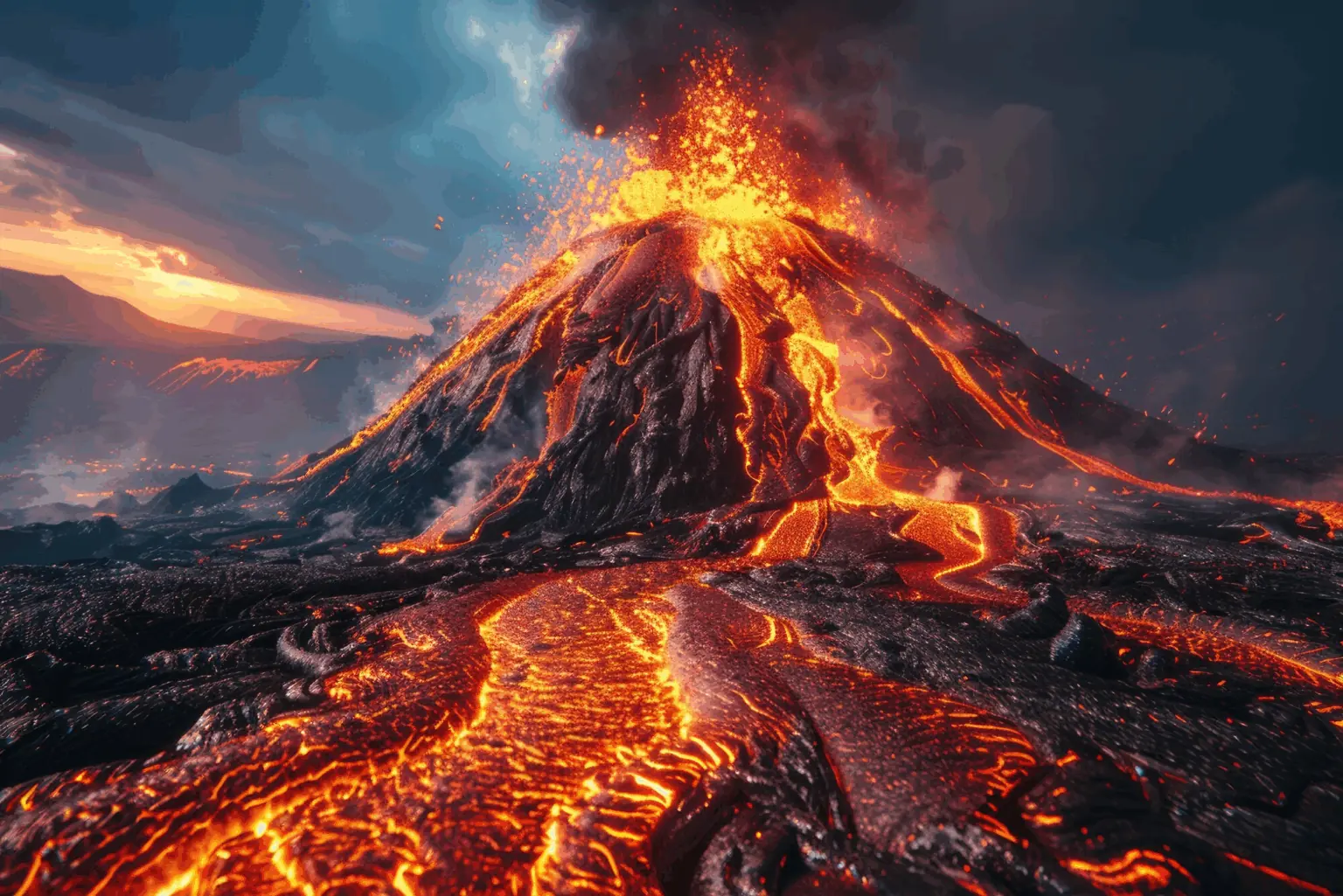
Mount Rainier’s Glacier-Capped Peak Poses Lahar Threat To Millions—Authorities On High Alert
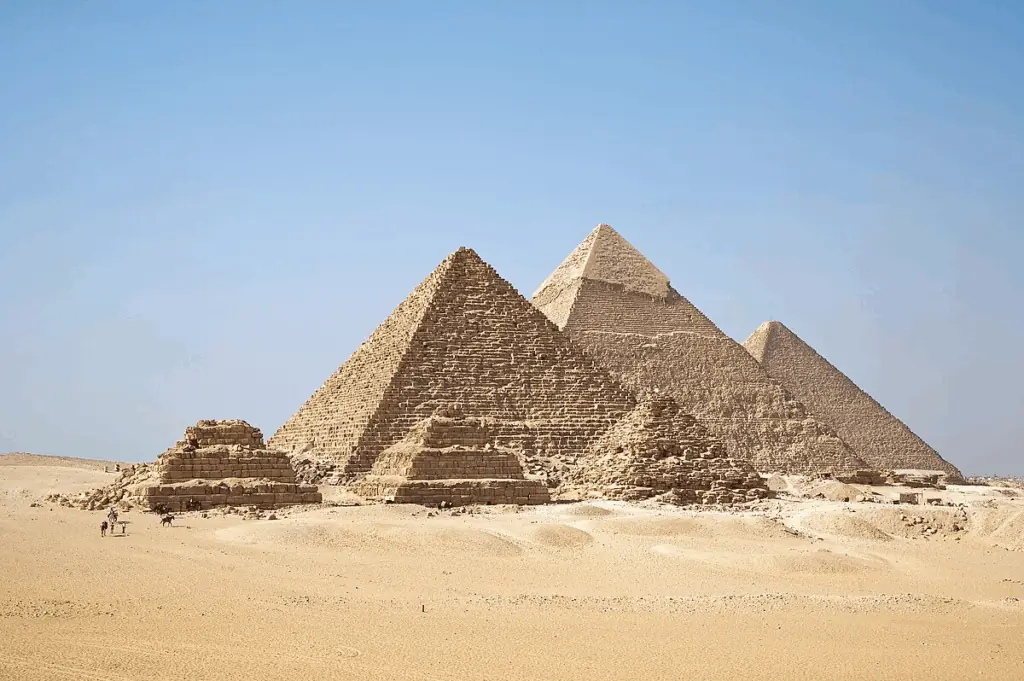
Experts Clash Over Claims Of Vast Underground City Beneath Pyramids — Discovery Sparks Global Debate

Is Death an Illusion? Quantum Physics Offers a Surprising Perspective

7 Signs Of Intestinal Parasites Living Inside Your Body

This 4,500-Year-Old Scroll May Have the Answer to Who Built the Pyramids

The Universe Could Undergo A ‘Catastrophic Change’ That Could Alter Absolutely Everything, Quantum Machine Warns

how to eat eggs
News Post
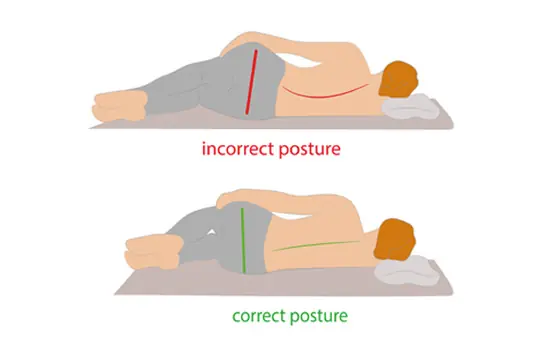
How Sleeping on Your Left Side Can Boost Your Health, According to Science

Sleeping Naked: Surprising Health Benefits Backed by Science

Red Dots on Your Skin? Why You Shouldn’t Ignore These Early Signs of Scabies

10 Best Foods To Support Digestive and Gut Health

7 Words Depressed People Use More Often

Alfred Wegener: The Scientist Who Was Laughed at in 1912—But Changed Earth Science Forever

10 Early Signs Your Body is Fighting Cancer

Shocking Discovery Beneath the Great Pyramid of Giza: Lost Advanced Technology?

From Recycled Materials To Viral Fame: Teen’s Diy Lamborghini Replica Turns Heads

20+ Powerful Health Benefits of Corn Silk: How to Use It and Precautions to Know

The Amazing Health Benefits of Winged Beans

My MIL Mocked Me for Making My Own Wedding Cake – Then Took Credit for It in Her Speech

At My Sister's Wedding, My Son Grabbed My Hand and Whispered, 'Mom… We Need to Go. Now!' – What He Showed Me Changed Everything

I Visited My Sister, Was Shocked to See Who Her Fiancé Was, and Knew I Couldn't Let It Go That Easily

My New Neighbor Was the Perfect Man Next Door Until I Overheard His Plan Against Me

My Daughter-in-Law Threw Out Most of My Kitchen Utensils—So I Brought Her Back Down to Earth

5 Early Cancer Symptoms You Must Not Overlook

Sleeping on your left side affects your health in ways you would have never thought
